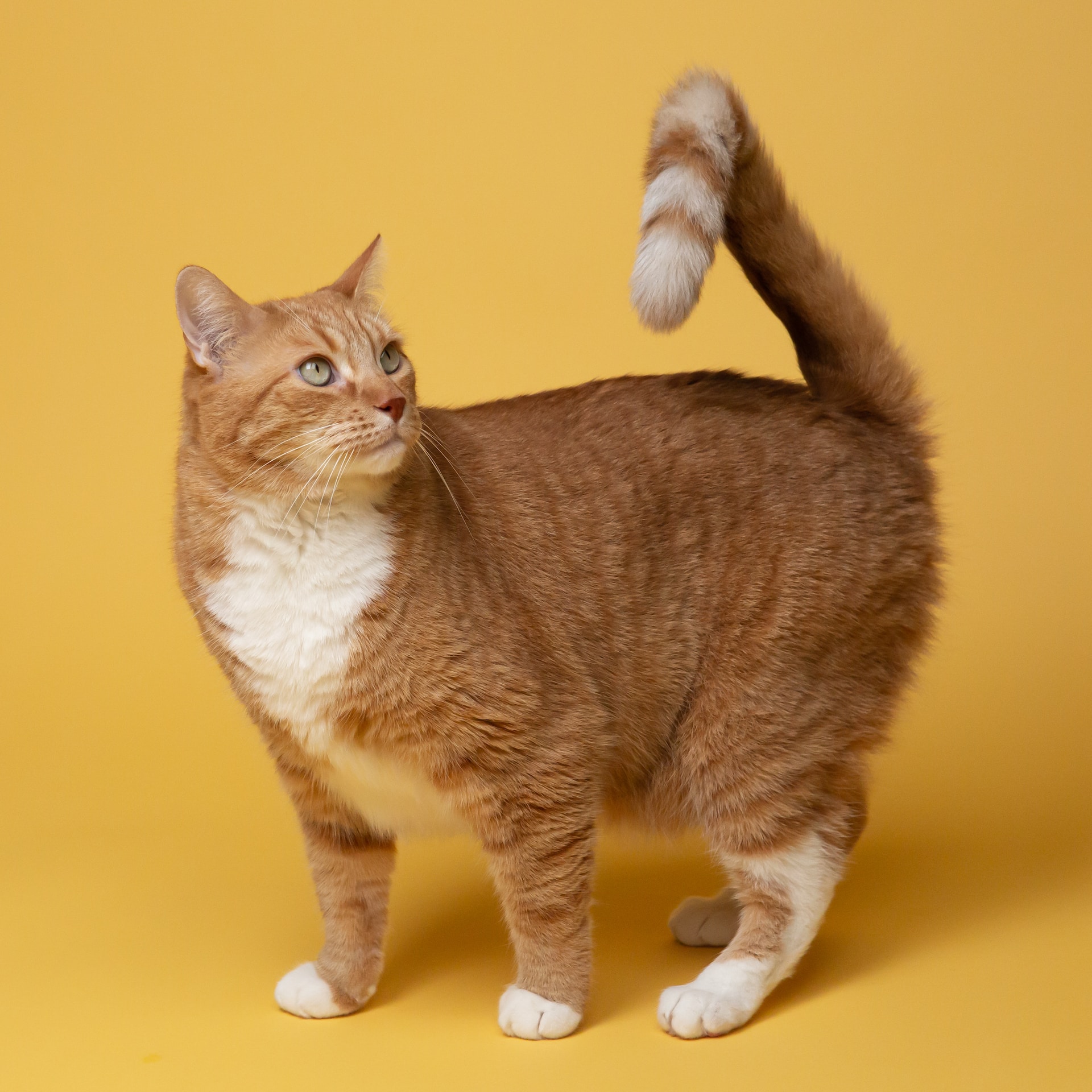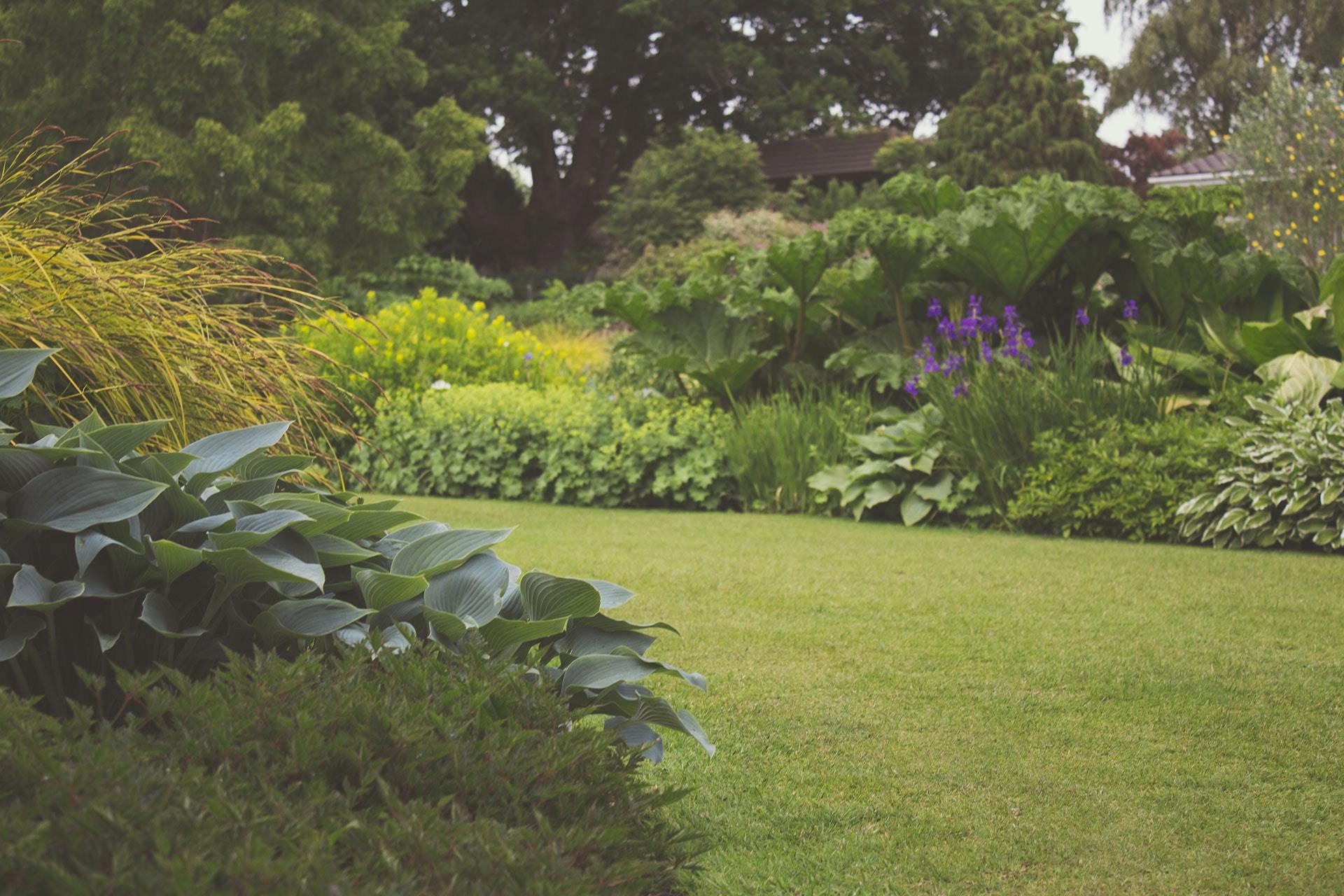Cats scratch to sharpen and trim their claws and stretch their feet and legs. They also use scent when scratching to communicate with other cats, establishing territorial boundaries. To discourage excessive scratching, owners can offer plenty of enrichment activities to distract kittens from their nails. This may include offering cat trees for them to climb, perches near windows to view wildlife, and interactive playtime with them.
Scratching Posts
Scratching posts are cats’ natural habitat, offering them places to express their instinctive behavior and fulfill several essential needs. Cats scratch to groom themselves, remove old sheaths from claws, and mark territory (their front paws contain scent glands). Cats must also stretch their legs and paws as they climb and play. Cats derive multiple health and emotional benefits from a scratching post, so provide one in every room of your home. Whether covered in corrugated cardboard or sisal, vertical or horizontal, simple or elaborate, there is an effective scratching post to satisfy your kitten’s best-selling scratching posts at Chewy.com. They are made of durable materials that will withstand claw pressure for years. These post-and-pad combinations offer multiple surfaces for your kitty to scratch, with some posts even containing a place to rest or hide. To encourage your kitty to use the scratching post, sprinkling it with a dry catnip plant or playing with a fishing rod-like toy around the base will often help them make the connection between their claws and the surface. Be sure to provide enough scratching surfaces for each cat in your home, as they usually choose the most attractive ones. Aversion therapy can deter destructive scratching by covering the furniture with aluminium foil or applying a special sticky tape to the areas your kitty prefers to scratch.
Cat Trees
Cat trees provide a designated place for your feline to scratch. This can help them prevent furniture damage and relieve stress, as scratching is a natural way for cats to release energy. You may notice that your feline tends to scratch their tree more often during anxiety or tension. A good cat tree will have a sturdy base and multiple perches for climbing. Depending on the design, these structures can have a variety of other fun accessories, such as tunnels, holes for hiding or platforms to sit on. Some also feature ramps and platforms your kitty can run up and down to exercise their muscles.
Most importantly, choose a cat tree that is tall enough for your kitty to enjoy. Avoid models that are too slick and modern, as they might not be durable or appealing to your cat. Instead, opt for a more rugged and robust structure that can withstand frequent use’s wear and tear. Lastly, make sure your cat tree is easily cleanable. You should be able to vacuum or wipe it down regularly. This will keep it looking fresh and hygienic for your pet. It’s also important to consider where you’ll be the cat tree in your home. The ideal location will be a spot with a panoramic view, promoting a sense of calm and safety.
Scratching Pads
Several pet parents use scratching pads to encourage a kitten or adult cat to scratch elsewhere instead of the furniture. Scratching pads offer a surface that mimics the feel of tree bark and other natural outdoor surfaces, which are desirable scratching locations for cats in the wild. Like the scratching posts, they can be covered with various materials, including sisal. During one study, pet parents who used sisal-covered posts reported that their cats were less likely to scratch inappropriately. A scratching pad with an adjustable angle allows the pet parent to find the most appealing position for their cat to sit in while they scratch. Some cats prefer to crouch while they scratch, which can also provide additional exercise for their back muscles. Any scratching surface needs to allow the cat to extend fully while scratching, as this helps stretch and tone their claws. If a cat is scratching inappropriately, pet parents can try redirecting them with a treat or play session. They can also try to interrupt them by making a loud noise when they see them, such as clapping or slapping the wall. Punishing a cat with physical force, however, is never appropriate as this can cause them to become fearful of you and may lead to anxiety-based scratching or aggression in general.
Other Scratching Options
Scratching is a natural behavior for cats that helps keep their claws healthy but also helps them express themselves and mark territory. Although some may disagree, a cat’s placate is a significant part of their anatomy, allowing them to climb, hunt, defend themselves, and communicate. Many different surfaces cats use outdoors, such as tree trunks, fence posts, and sheds, can be used for scratching. Since many domesticated cats spend much of their time indoors and have limited outdoor access, they must find alternative surfaces for claw maintenance. Cats can be trained to scratch on various surfaces, including carpet, cardboard, and sisal (a robust and durable material often found in rope form). Using a sturdier scratching surface like a cat tree or a scratching pad should decrease destructive scratching behaviours. If your cat still needs to learn to scratch these surfaces, you can encourage them by providing a tempting place to scratch and rewarding their efforts with a treat or stroke. Some of the most common deterrents to destructive scratching are nail covers and aversion therapy.



